Navigating Currency Hedging: Strategies for Business Stability
In today's interconnected global marketplace, businesses often find themselves vulnerable to the uncertainties of currency fluctuations. These fluctuations can significantly impact profitability and financial stability. However, savvy business owners understand that they have options to mitigate these risks through currency hedging strategies.
Understanding Currency Hedging:
Currency hedging is a proactive strategy businesses use to shield against adverse exchange rate movements. By stabilizing cash flows and protecting profit margins from currency volatility, companies manage risks associated with international trade. Hedging involves setting measures to offset potential losses from currency fluctuations, ensuring stability in cash flows for planning. It also helps maintain competitive pricing structures and preserve profit margins. In essence, currency hedging is crucial for navigating uncertainties and enhancing financial stability in global markets.
Common Currency Hedging Strategies:
Forward Contracts: One of the most straightforward hedging strategies, forward contracts allow businesses to lock in an exchange rate for future transactions. This provides certainty in pricing and protects against unfavorable exchange rate movements.
Options Contracts: Options provide businesses with the right, but not the obligation, to exchange currencies at a predetermined rate. This flexibility can be particularly useful for businesses facing uncertain future currency movements.
Natural Hedging: Natural hedging involves structuring business operations to align currency inflows and outflows naturally. For example, a business that earns revenue in one currency and incurs expenses in another currency can naturally hedge its currency risk.
Factors to Consider:
When implementing a currency hedging strategy, businesses should consider several factors:
Risk Tolerance: Understand your tolerance for currency risk and tailor your hedging strategy accordingly.
Cost: Hedging instruments incur costs, so it's essential to evaluate the cost-effectiveness of different hedging strategies.
Duration: Consider the timeframe of your exposure to currency risk and select hedging instruments that align with your risk horizon.
Market Conditions: Stay informed about macroeconomic factors and market trends that could impact exchange rates and adjust your hedging strategy accordingly.
Conclusion:
Currency hedging strategies provide businesses with valuable tools to manage the risks associated with currency fluctuations effectively. By implementing appropriate hedging strategies, businesses can stabilize cash flows, protect profit margins, and enhance overall financial stability in an uncertain global marketplace. Dunbridge Financial can help you implement a strategy tailored for you specific business needs. Contact us today to get started!
Hello@Dunbridgefinancial.com
1-866-862-3336
